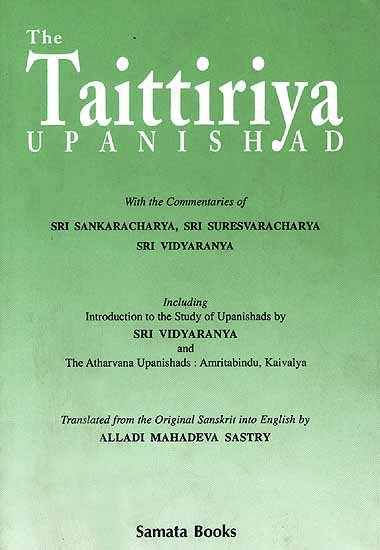Taittiriya Upanishad Bhashya Vartika
by R. Balasubramanian | 151,292 words | ISBN-10: 8185208115 | ISBN-13: 9788185208114
The English translation of Sureshvara’s Taittiriya Vartika, which is a commentary on Shankara’s Bhashya on the Taittiriya Upanishad. Taittiriya Vartika contains a further explanation of the words of Shankara-Acharya, the famous commentator who wrote many texts belonging to Advaita-Vedanta. Sureshvaracharya was his direct disciple and lived in the 9...
Verse 2.683
Sanskrit text and transliteration:
द्रश्ट्रा चेद् दृश्यते दृश्यं प्रत्यक्षाविषयः कथम् ।
कर्मकर्तृत्वमेकस्य दोषो ब्रह्मात्मदर्शने ॥ ६८३ ॥
draśṭrā ced dṛśyate dṛśyaṃ pratyakṣāviṣayaḥ katham |
karmakartṛtvamekasya doṣo brahmātmadarśane || 683 ||
English translation of verse 2.683:
(Objection:) Since the world of objects is seen by the Self, how can it be said that the Self is not the object known by perception? (Reply:) In respect of Brahman being known, there will arise the defect of one and the same thing being both the subject and the object of the same act of knowing.
Notes:
It may be argued that in the very act of cognizing the world, the Seif which is the cognizer is also known, for the person who cognizes claims to the effect: "I cognize the world.” It follows, according to this argument, that Brahman-Ātman falls within the scope of perception. But this argument is wrong. One and the same entity cannot be both the cognizer and the cognized at the same time. If the Self is the cognizer, it cannot be the cognized, and if it is the cognized, it cannot be the cognizer.
